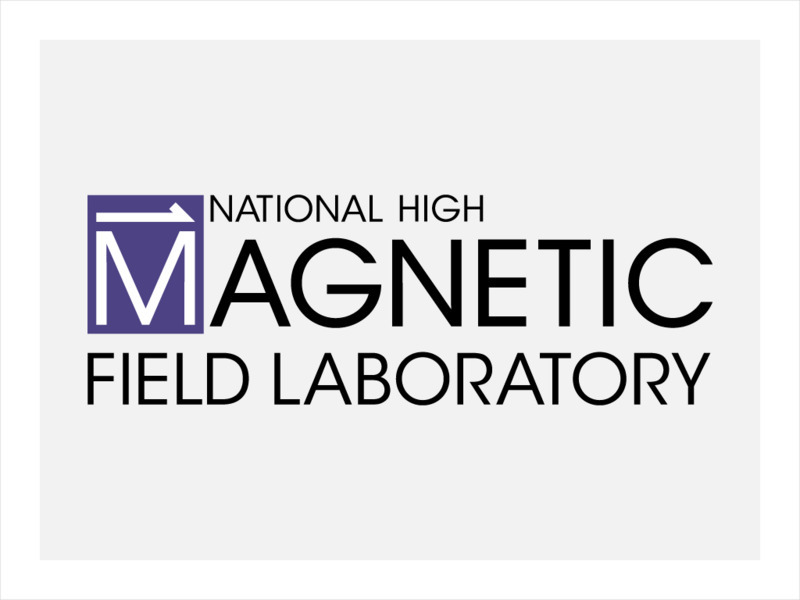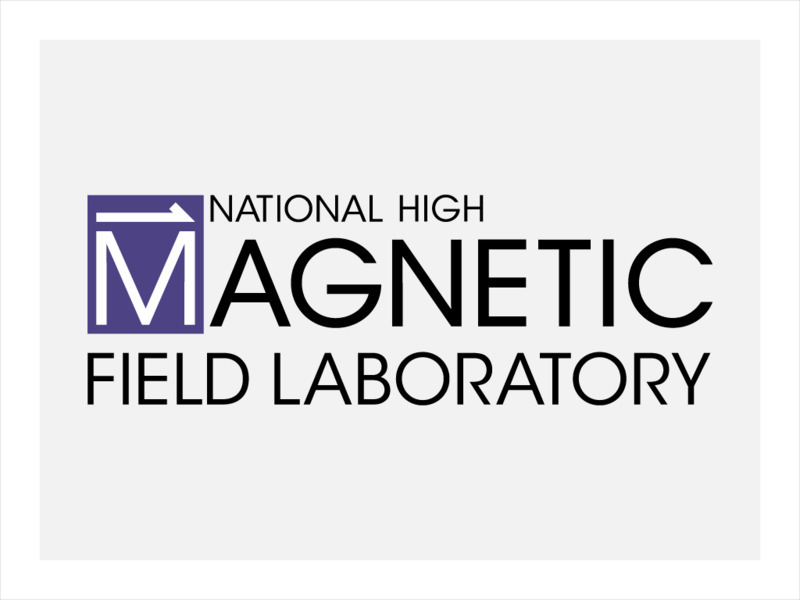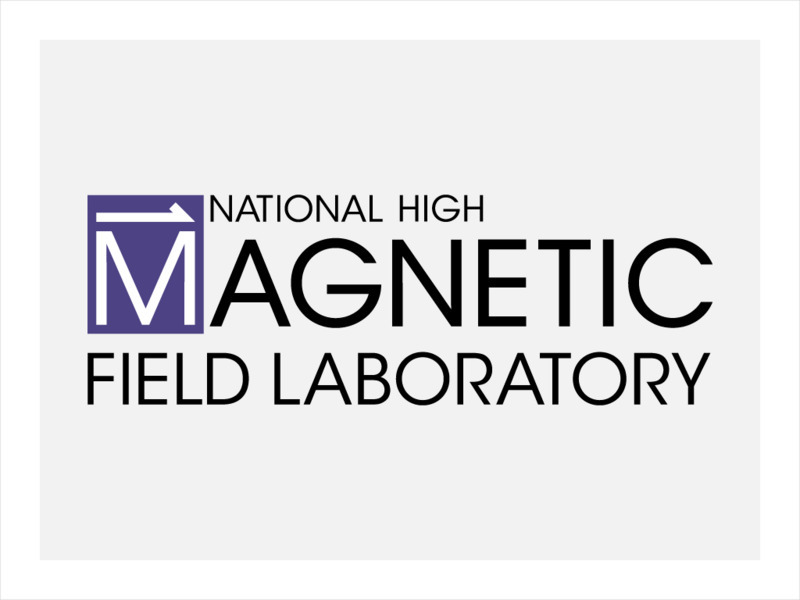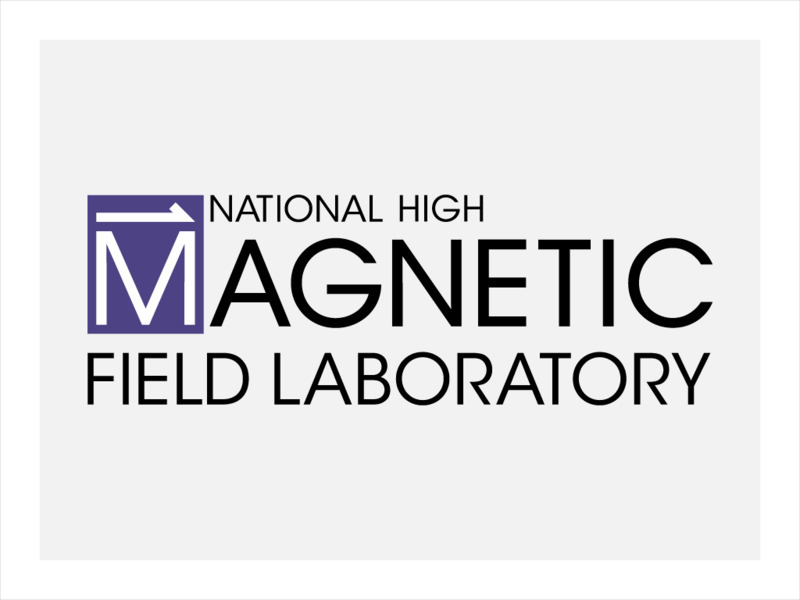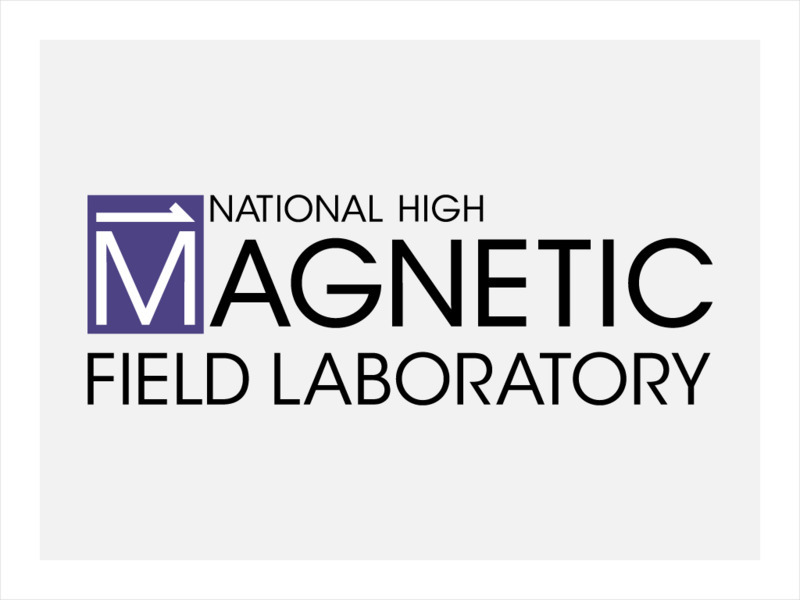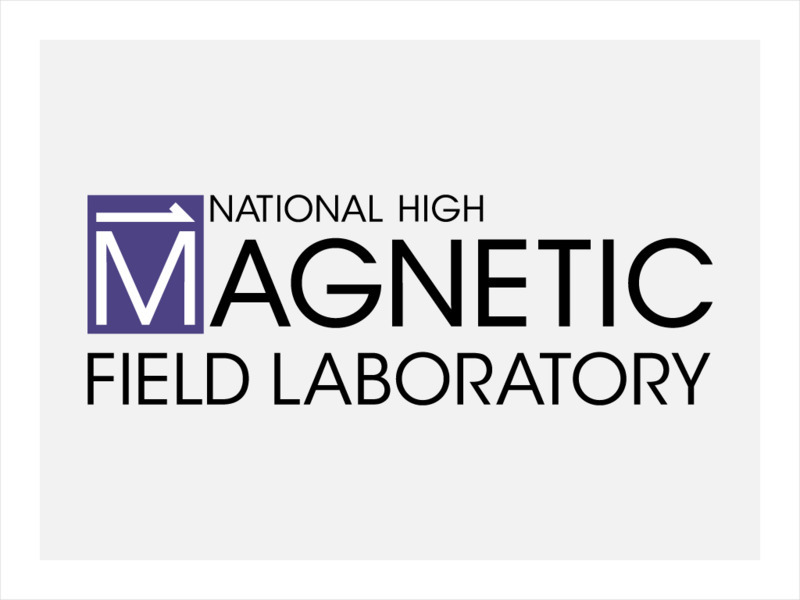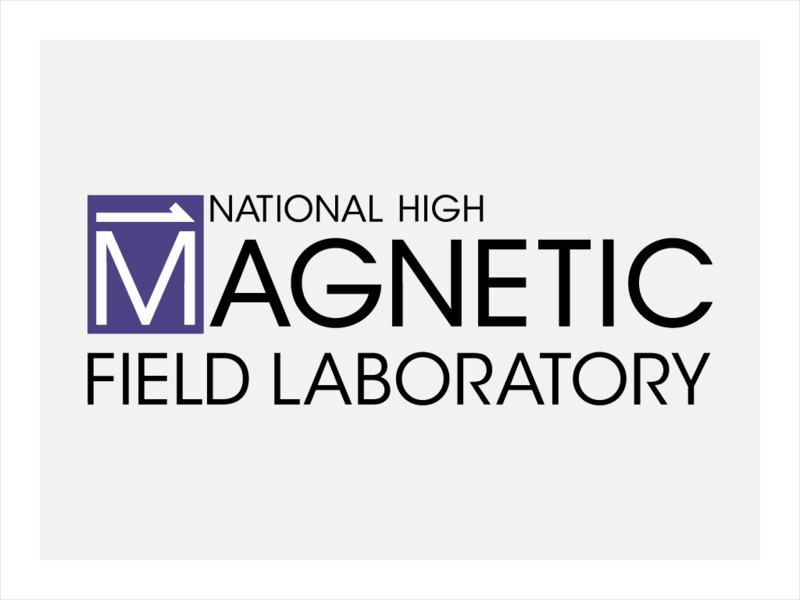National High Magnetic Field Laboratory
Magnet Academy: Superconductivity 101
An overview of the history, applications and science of superconductivity, including the Meissner effect, BCS theory, Type 1 and Type 2 superconductors and high-temperature superconductivity.
National High Magnetic Field Laboratory
Magnet Academy: Simple Electrical Cell
This is a Java tutorial showing the simple voltaic (or galvanic) electrical cell, which is the most basic type of "wet" cell and demonstrates the fundamental chemistry behind batteries.
National High Magnetic Field Laboratory
Magnet Academy: Mri Research
When you have the most powerful MRI machine in the world, there's a lot of exciting research going on. Read about some of the cutting-edge studies we do on neurodegenerative diseases, cancer, tobacco use, muscles and more.
National High Magnetic Field Laboratory
Magnet Academy: Mass Spectrometry: How to Weigh an Atom
It's hard enough to weigh something as itty bitty as atoms or molecules. Factor in that they're careening by faster than Jeff Gordon on steroids, and you get an idea what scientists are up against. Using comet particles from NASA's...
National High Magnetic Field Laboratory
Magnet Academy: Magnets From Mini to Mighty
If your knowledge of magnets ends with posting a to-do list on the fridge, add this to the list. Learn more about magnets! You can start here with a straightforward rundown of magnet types, uses and strengths, explained in a way that...
National High Magnetic Field Laboratory
Magnet Academy: Svante Arrhenius
Svante Arrhenius was born in Vik, Sweden, and became the first native of that country to win the Nobel Prize. The award for chemistry was bestowed to him in honor of his theory of electrolytic dissociation. Arrhenius also developed the...
National High Magnetic Field Laboratory
Magnet Academy: Roland Eotvos
Vasarosnamenyi Baro Eotvos Lorand, better known as Roland Eotvos or Lorand Eotvos throughout much of the world, was a Hungarian physicist who is most recognized for his extensive experimental work involving gravity, but who also made...
National High Magnetic Field Laboratory
Magnet Academy: Richard Feynman
Theoretical physicist Richard Phillips Feynman greatly simplified the way in which the interactions of particles could be described through his introduction of the diagrams that now bear his name (Feynman diagrams) and was a co-recipient...
National High Magnetic Field Laboratory
Magnet Academy: Robert Millikan
Robert Andrews Millikan was a prominent American physicist who made lasting contributions to both pure science and science education. He is particularly well known for his highly accurate determination of the charge of an electron via...
National High Magnetic Field Laboratory
Magnet Academy: Mri: A Guided Tour
Now that MRIs have been around for a few decades, patients and doctors tend to take them for granted. But these awesome diagnostic tools, powered by strong superconducting magnets, save countless lives with their ability to pinpoint...
National High Magnetic Field Laboratory
Magnet Academy: Mag Lab: Image Furnace
Scientists use image furnaces to grow crystals at very high temperatures. A built-in camera allows them to observe in action a delicate process that is equal parts art and science.
National High Magnetic Field Laboratory
Magnet Academy: Foucault's Disk
Leon Foucault, a French physicist much better known for his pendulum demonstrating the rotation of the Earth, also created in 1855 a device that illustrated how eddy currents work. (Java tutorial)
National High Magnetic Field Laboratory
Magnet Academy: Fourier Transform Ion Cyclotron Resonance (Ft Icr)
FT-ICR is a powerful type of mass spectrometry, co-invented by the Magnet Lab's Alan Marshall, particularly suited to identifying heavy molecules. (Java tutorial)
National High Magnetic Field Laboratory
Magnet Academy: Galvanometer
This tutorial illustrates how a galvanometer, an instrument that detects and measures small amounts of current in an electrical circuit, works. (Java tutorial)
National High Magnetic Field Laboratory
Magnet Academy: Guitar Pickup
Keith Richards and Eric Clapton owe their fame and fortune (in part) to electromagnetic induction. (Java tutorial)
National High Magnetic Field Laboratory
Magnet Academy: Audion
In 1906, American physicist Lee De Forest invented the Audion (or triode), building on John Fleming's discovery of the diode just a few years before.
National High Magnetic Field Laboratory
Magnet Academy: Arc Lamp
Invented decades before it could be used, the first type of electric light was so brilliant it was used for lighthouses and street lamps.
National High Magnetic Field Laboratory
Magnet Academy: Alternating Current
Alternating current behaves differently, depending on what components are in a circuit.
National High Magnetic Field Laboratory
Magnet Academy: Emf in Inductors
Electromotive Force (EMF) and its sidekick, back EMF, are interesting electromagnetic phenomena that aren't really forces at all. (Java tutorial)
National High Magnetic Field Laboratory
Magnet Academy: Daniell Cell
English chemist John Frederick Daniell came up with a twist on the simple voltaic cell that resulted in a longer-lasting source of power.
National High Magnetic Field Laboratory
Magnet Academy: Current Flow
This tutorial illustrates how the flow of water through a system of pipes can be used to understand the flow of current through an electric circuit.
National High Magnetic Field Laboratory
Magnet Academy: Electromagnetic Deflection in a Cathode Ray Tube, Ii
Many people interact with cathode ray tubes for part, if not most, of the day without having a clue how they work. Here's the inside scoop. (Java tutorial)
National High Magnetic Field Laboratory
Magnet Academy: Electromagnetic Deflection in a Cathode Ray Tube, I
Discovering how cathode rays behave in a magnetic field was a big step forward for scientists trying to understand the mysterious phenomenon. (Java tutorial)
National High Magnetic Field Laboratory
Magnet Academy: Capacitor
A capacitor is similar to a battery in that both store electrical energy. But a capacitor can't actually produce new electrons; it only stores them.


